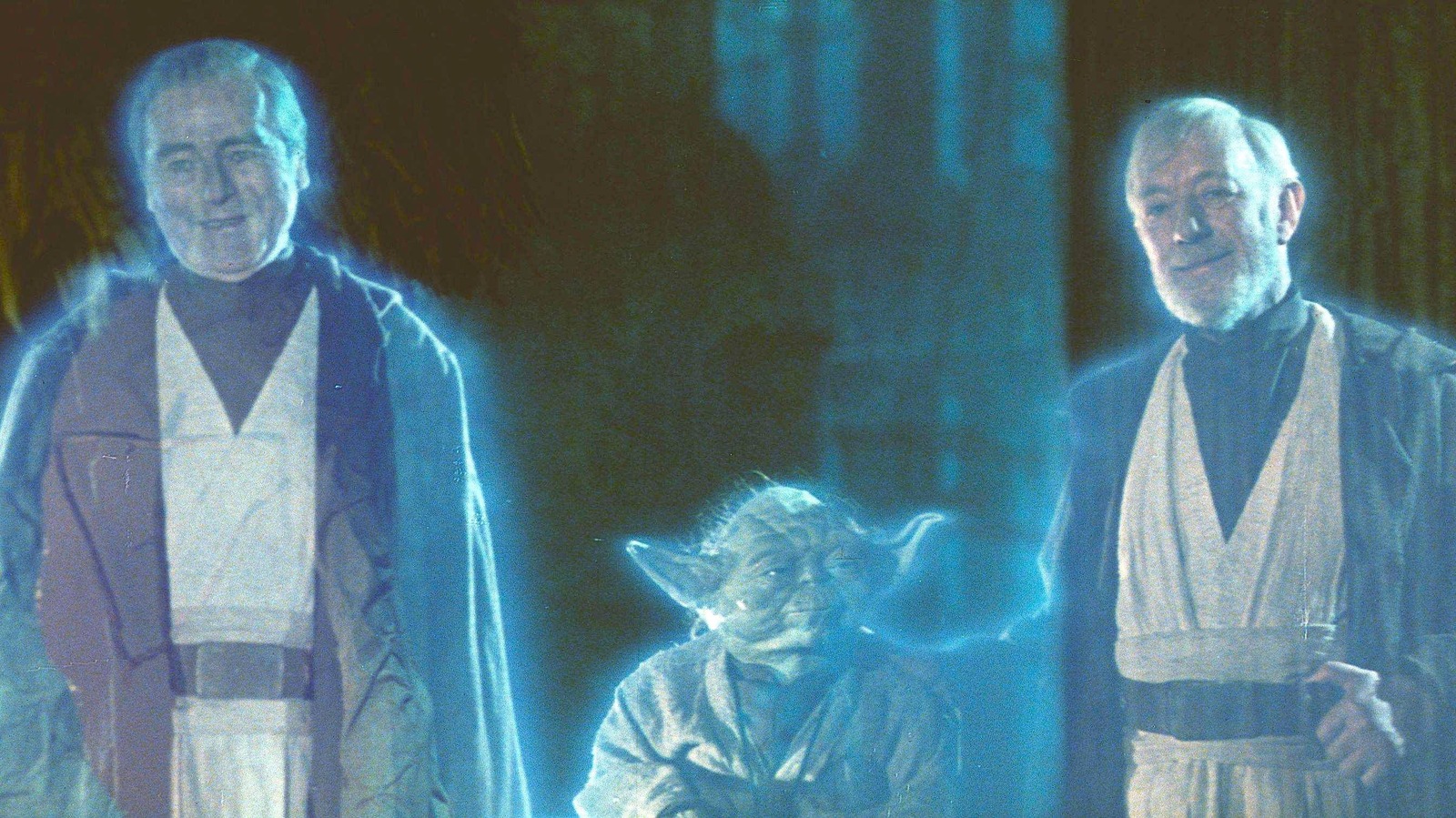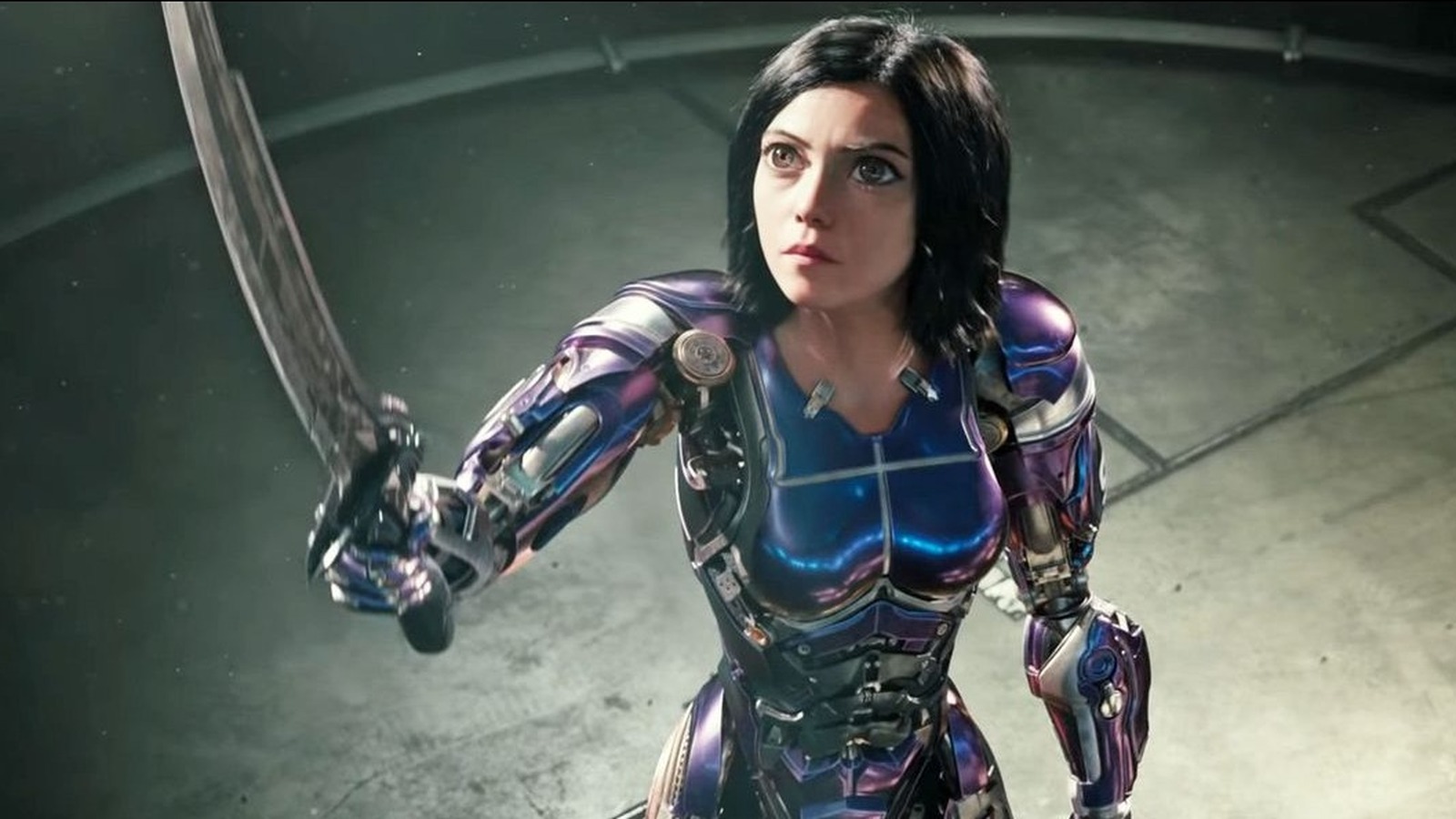‘Sly’ Review: An Outline of the Rocky Path of Sylvester Stallone’s Career Is Harder Than You Expect ‘Sly’ Review: An Outline of the Rocky Path of Sylvester Stallone’s Career Than You Expect, Toronto Films Sept. 10 Reviewed at the Festival 2023. Running Time: 95 mins. Sign up for the most popular, must-read newsletters from a variety of our brands

For decades, as I’ve watched Sylvester Stallone on talk shows or watched excerpts from promotional interviews with him, my impression, without giving it much thought, has been that he’s a man with a certain charismatic country wit. Yet “Sly,” an infectious and fascinating portrait of Stallone and his films, premiering today at the Toronto Film Festival, is built around an interview with Stallone conducted at his luxurious, art-decorated Mediterranean-style mansion in Beverly Hills (He has since sold it to Adele). And throughout the film, he is so quietly but strikingly candid, so candid about the processes of filmmaking and his strengths (and weaknesses) as an actor, so savvy about what his stardom means, that I realized, with a touch of embarrassment, a prejudice I have been harboring for 47 years. Deep in my reptilian brain, I still Think Sylvester Stallone is Rocky.
I think a lot of people do that. On the surface, this might not seem like such a glaringly bad decision. We all fall into the trap of “believing” that certain actors are the characters they play. We think of Humphrey Bogart and imagine him as…Bogart. Sean Connery was indelible as James Bond because he really looked like him Was James Bond. That said, we live in an age of media overexposure where an actor like Stallone has every opportunity to demonstrate that he’s no Rocky Balboa. His other iconic role, kamikaze Vietnam veteran John Rambo, could hardly have been more different.
The effect that watching “Sly” had on me is Why Rocky completely stuck to Stallone, and Stallone stuck to Rocky. I liked the original “Rocky” (who doesn’t?), but I always thought of it as an “innocent” piece of Brando-meets-Capra corny: a crowd-pleaser that wasn’t necessarily a work of art. It won the Oscar for Best Picture, and it will always stand in contrast to the other three 1976 films: “Taxi Driver,” “All the President’s Men,” and “Network.” They Were works of art. “Rocky” was a gratuitously manipulative neo-Old Hollywood pulp magic trick.
Except that I now realize that at the root of that casual assessment, there was a failure on my part to see how much art, how much ImaginationJoined the production of Rocky as a character.
Many actors have a sob story or a school-of-hard-knocks tale. But Stallone, as he tells it in “Sly,” stands out from the pack. He grew up with a strict Italian father who didn’t hesitate to hit him, who didn’t bite him – and who, simply put, hated him. And what’s surprising and poignant is that Stallone, at 77, has never been able to get over it; It still burns him up. He became the underdog of father Rocky Balboa: the fact is that Rocky worked for a loan shark and broke people’s arms for a living.
Stallone, born in 1946, grew up in Hell’s Kitchen, when it was actually Hell’s Kitchen, and began acting in college, arriving in Hollywood with no money but big plans. In New York, he did theatre, soft-core porn (which is never mentioned in the documentary) and was cast in small roles as thugs. Quentin Tarantino, who was interviewed in “Sly,” provides fervent and insightful testimony to the Stallone mystery, especially when he is rhapsodizing over a scene in “The Lords of Flatbush” (1974), the ’50s Greaser story which cast Stallone in a supporting role. Henry Winkler.
Although it is now axiomatic that Stallone was a born star, the industry did not think of him that way; It seemed that his look was completely wrong. The drunken spaniel’s eyes looked like they were lifted from a bruised Paul McCartney, Stallone says the mockery was caused by paralyzed nerves caused by damage suffered during his birth at a community center, he was slow Voice – He was a little eccentric. That’s why he wrote “Rocky.” He created a role for himself that was rejected by Hollywood of that time.
The legendary story is that Stallone wrote “Rocky” in two and a half days. Yes, but he spent years writing the script, going to the movies and tape-recording the dialogue and coming home and studying it, filling in his own dialogue, so he could see how a movie was put together; He became their own Robert McKee. And that two and a half day thing was the first draft. He continued to rewrite “Rocky”, and although the film was taken from many sources – it was “On the Waterfront”, it was “Somebody Up There Likes Me”, it was Stallone who designed De Niro’s leather jacket and Wore a squat fedora from “Mean Streets.” – Stallone mixed them into his disarmingly honest ’70s kitchen-sink fairy-tale brew.
He insisted on starring in the film, playing a game of chicken with the studio and refusing to sell the script for $350,000 unless he could also play the role of Rocky. Of course he won. And in hindsight, it was clumsy, dwarf expressionlessness How he played Rocky was so indelible, so authentic…and so composed. Stallone, as “Sly” makes clear, is a man of abundant talk. His creation of an ambiguous man named Rocky who only knows how to fight, but who has a gentle soul, was clearly a model of mainstream-film poetry. That’s why he looks like himself in this character.
“Sly,” which follows a film lover’s journey through Stallone’s career, shows you how he continued to shape his image on screen, and how much of our blockbuster culture he created. After “Rocky” his star went through a period of turmoil. He played a character based on Jimmy Hoffa in the epic 1978 flop “Fist” – where, later, he was martyred by the debut of a Hollywood screenwriter vastly inferior to himself; That was Joe Eszterhas. That same year, Stallone directed and starred in “Paradise Alley”, which, like “Rocky,” was turned into a piece of candy corn.
But then, on the ropes, he did something audacious. He made “Rocky II” (1979), directed it himself, and in that one shot he invented franchise culture. Obviously, there were sequels before (“Jaws II,” anyone?). Yet no one pretended that they were doing anything more than making money. In a beloved, Oscar-sweeping, instant take on a character classicalAs Rocky and saying, “Hey, you liked it once? Let’s do it again. Because why not?”, Stallone single-handedly rewrote the rules of blockbuster movie love.
And since “Rocky II” was destined to feel like a pale echo of “Rocky,” which it was, Stallone completed the reinvention with “Rocky III” by sketching in the last big testament to franchise culture. Did. Meaning: grow up. Put the sequel on steroids. It was an over-the-top idea of filmmaking, but the strength of “Rocky III” is that Stallone’s commitment shined through despite the excesses. Casting Mister T (and using “Eye of the Tiger”) was his idea, and by the time he got to “Rocky IV”, a fight scene with Dolph Lundgren had sent Stallone to the hospital for nine days. Put in. But by then he had reimagined Hollywood.
“Sly” director Thom Zimny has mostly made movies and videos about musicians (like Bruce Springsteen), and he presents Sylvester Stallone as another cult of personality. Speaking directly to the camera, Stallone tells great stories, and he makes his journey unique.
Stallone reimagined himself with “First Blood” (1982), once again molding the film in his own image. The basic idea of John Rambo is that he was a borderline psychological warrior. Stallone made him sympathetic, and insisted on an ending that was more triumphant than was written. These days, the anti-Downer ending ideology seems pro forma and corrupt — the kind of thing Robert Altman talked about in “The Player.” But the point is that Stallone subverted the culture. After all, what was “Rocky” (a ’70s movie in which Rocky loses a big fight but feels like he won it) if not the first act of Reaganism? These were the unconscious roots of the dawn in America, the revolution against the revolution. I’m not saying that “Rocky” was a politically conservative movie by any means, but it was culturally traditional in a way that showed people that they were yearning for a new (old) way.
“Sly” has a lot of fun tracing the parallels and rivalries of Stallone and Schwarzenegger in the ’80s. The two took jabs at each other, and worked to see who could demonstrate the more perfect comic-book physique. But as Arnold (interviewed here) testifies, they eventually became very good friends. This film makes a great point about how the extreme physical fetishism of films like “Rambo: First Blood Part Two” worked in tandem with the action. You can do this faith The feat you were watching. That said, this was a style of filmmaking that was destined to end in nothingness. “Sly” traces Stallone’s attempt to reinvent himself as a serious actor in “Cop Land,” a transition that didn’t fully pan out, though Stallone has a good story about how. He cast the overly suave Robert De Niro as his police boss. , going into full Bobby D.
In this review I may seem like I’m giving too much slack to a lot of movies that I had mixed feelings about at the time. I’ve actually always been a fan of “Rambo”, I think it’s underrated because of its right-wing politics. (It’s not that I like politics; I hate them. The point is that I didn’t think politics made the film’s action any less brutally exciting.) But the thing in “Sly” that appealed to me Entertained and what I valued about it is that Stallone, with his astute candor of his explanations behind what he did, gives us a deeper understanding of how mainstream Hollywood has worked. Documentary shows us what Stallone’s films were like, no matter how you judge them Personal, even though they came out of (and in some ways manufactured) the dream factory of the blockbuster era. He poured out His wrath and His glory on them. In the age of Netflix and Marvel, you can look at them and almost think, “They don’t make them like they used to.”





